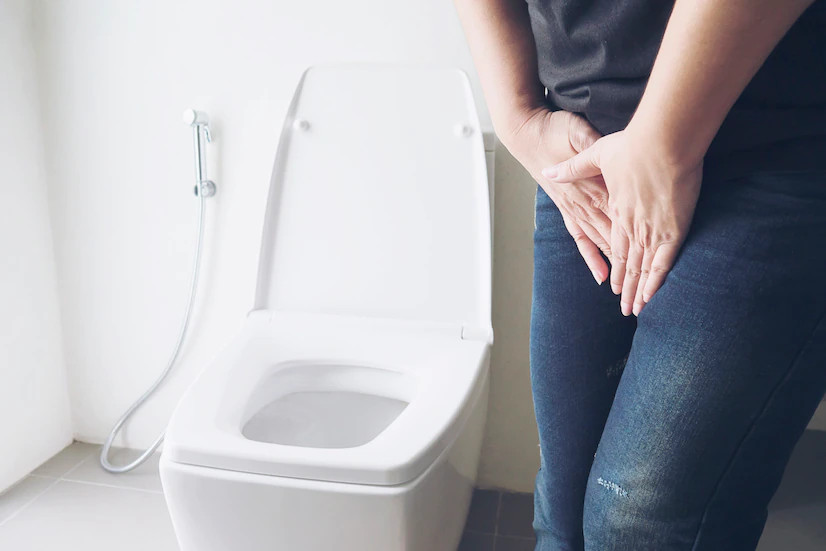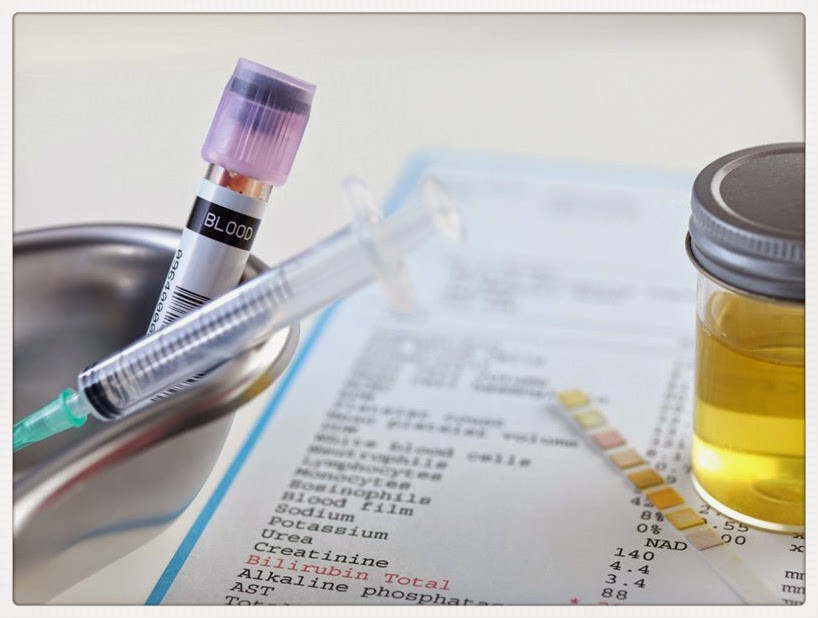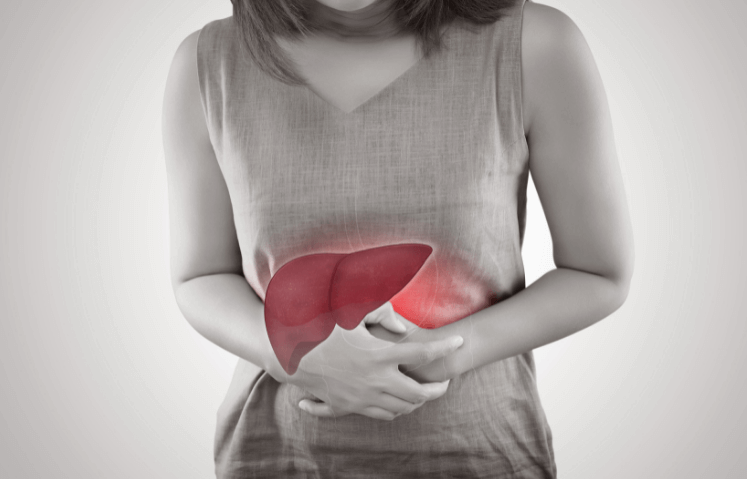Definisi
Buang air kecil merupakan salah satu cara untuk mengeluarkan produk akhir dari tubuh. Kandung kemih merupakan salah satu organ bagian dari saluran air kecil bagian bawah. Organ tersebut berupa otot mernyerupai kantong atau balon yang relaksasi dan mengembang menyimpan air kencing.
Kandung kemih berkontraksi dan mendatar untuk mengosongkan air kencing melalui saluran yang membawa air kencing dari kandung kemih keluar dari tubuh (saluran tersebut disebut sebagai uretra). Otot sfingter merupakan otot melingkar yang membantu mencegah urine bocor keluar. Otot tersebut menutup seperti karet disekitar bukaan kandung kemih.
Pemeriksaan urine kurva harian merupakan pemeriksaan pola gambaran aliran urine yang dapat membantu mengetahui adanya gangguan pada saat pengeluaran air kecil. Pemeriksaan ini akan mengukur jumlah urine yang dikeluarkan tubuh dengan kecepatan pada saat dikeluarkan dan berapa lama waktu yang diperlukan untuk mengeluarkan urine tersebut.
Indikasi
Pemeriksaan ini merupakan pemeriksaan sederhana yang cepat dan membantu memberikan informasi pada dokter mengenai adanya gangguan pada saluran kemih Anda. Pemeriksaan ini sering digunakan untuk melihat apakah ada hambatan pada saluran buang air kecil. Selain itu, adanya gangguan tersebut dapat dipengaruhi oleh beberapa kondisi seperi:
- Benign prostatic hypertrophy (BPH)
- Kondisi pembesaran pada kelenjar prostat yang bersifat nonkanker dan sering terjadi pada pria dengan usia lebih dari 50 tahun. Kelenjar prostat melingkar di sekitar uretra (saluran penghubung kandung kemih untuk dikeluarkan dari tubuh). Kondisi ini dapat menyebabkan penyempitan saluran uretra dan mengganggu proses keluarnya urine dari dalam kandung kemih. Bila tidak diobati, pembesaran kelenjar prostat dapat menutup saluran uretra sepenuhnya
- Kanker prostat atau kandung kemih
- Hambatan pada saluran kemih
- Hambatan dapat terjadi karena beberapa kemungkinan di area saluran kemih dimulai dari ginjal hingga uretra bahkan dapat menyebabkan urine masuk kembali. Hal ini dapat menyebabkan infeksi, luka atau gagal ginjal bila dibiarkan tidak diobati
- Gangguan saraf pada kendung kemih
- Adanya gangguan pada fungsi kelenjar yang disebabkan oleh gangguan saraf seperti tumor atau luka pada gangguan sumsum tulang belakang.
- Sering terjadi infeksi pada saluran kemih
Kontraindikasi
Pemeriksaan urine kurva harian dapat dianggap aman dan non-invasif. Tidak ada kontraindikasi khusus terkait pemeriksaan urine kurva harian. Bila Anda sebelumnya telah melakukan pemeriksaan urine, pemeriksaan ini serupa dengan proses pengambilan sampel urine. Diskusikan dengan dokter Anda terkait prosedur pemeriksaan yang dilakukan.
Persiapan Sebelum Pemeriksaan
Tidak ada persiapan khusus sebelum melakukan urine kurva harian. Pemeriksaan ini tidak mewajibkan Anda puasa sebelumnya kecuali Anda juga melakukan pemeriksaan lain yang mengharuskan Anda berpuasa sebelumnya. Anda mungkin diminta mengkonsumsi 4 gelas air beberapa jam sebelum pemeriksaan untuk memastikan bahwa kondisi kandung kemih Anda penuh. Jangan mengkosongkan kandung kemih Anda sebelum prosedur pemeriksaan.
Informasikan pada dokter terkait obat-obatan, vitamin, suplemen, dan mineral yang Anda konsumsi serta bila kondisi kehamilan atau lainnya. Pastikan Anda dalam keadaan tenang dan tidak stres.
Prosedur Pemeriksaan
Prosedur pengambilan pada pemeriksaan urine kurva harian berbeda dengan pengambilan sampel biasa. Anda akan diminta untuk buang air kecil pada alat khusus atau toilet khusus untuk pemeriksaan ini. Lakukan buang air kecil senormal mungkin tanpa mengubah kecepatan aliran urine Anda. Alat pemeriksaan uroflometer akan digantungkan pada pemeriksaan toilet untuk mengukur kecepatan dari urine. Anda harus buang air kecil ketika mesin dinyalakan.
Alat uroflometer menghitung jumlah urine yang melewati alat tersebut dan terukur dalam satuan mililiter per detik dan berapa lama waktu yang dibutuhkan untuk mengosongkan kantung kemih. Hasil pencatatan waktu ini akan tersimpan dalam bentuk kurva. Ketika Anda selesai buang air kecil, mesin tersebut akan menunjukkan hasil pemeriksaan Anda.
Nilai Normal dan Abnormal
Nilai normal pemeriksaan digambarkan dalam bentuk kurva dimana pada kondisi awal aliran urine Anda dimulai pelan lalu meningkat dan akhirnya akan melambat kembali. Nilai abnormal pemeriksaan bila ditemukan adanya ketidak normalan pada hasil kurva pemeriksaan seperti adanya penurunan atau peningkatan aliran urine.
Hasil dan Saran (Pemeriksaan Lanjutan)
Dokter akan melihat hasi pemeriksaan Anda untuk menentukan puncak dari aliran urine Anda. Dokter biasanya menggunakan info puncak dari aliran urine beserta pola dan volume urine Anda untuk menentukan tingkat keparahan dari hambatan atau kebuntuan Anda. Adanya penurunan aliran urine mungkin menandakan kelemahan pada otot kandung kemih atau hambatan pada uretra, sedangkan peningkatan aliran urine mungkin menandakan adanya kelemahan pada otot yang mengendalikan aliran urine. Hal ini dapat menjadi tanda inkontinesia urine.
Dokter akan mempertimbangkan hasil pemeriksaan dengan pengobatan yang akan direncanakan. Dokter mungkin akan menyarankan beberapa pemeriksaan tambahan untuk Anda sehingga membantu menentukan pengobatan yang diperlukan dan opsi pengobatan lainnya. Diskusikan dengan dokter bila Anda mengalami permasalahan pada saat berkemih karena hal tersebut bisa menandakan kondisi serius lainnya.
Konsultasikan ke Dokter yang Tepat
Bila hasil pemeriksaan urine kurva harian Anda menunjukkan hasil tidak normal, Anda dapat berkonsultasi dengan dokter untuk mendapatkan diagnosis dan terapi yang sesuai. Dokter akan segera menyarankan Anda melakukan pemeriksaan tambahan untuk menentukan pengobatan yang dapat diberikan Bila diperlukan.
Anda juga dapat berkonsultasi dengan dokter spesialis urologi sehingga didapatkan penanganan dan terapi yang tepat. Dokter mungkin akan menyarankan Anda melakukan pemeriksaan tambahan untuk memastikan diagnosis Anda.
Mau tahu informasi seputar hasil pemeriksaan laboratorium, radiologi, dan lainnya? Cek di sini, ya!
- dr. Monica Salim
Urine Flow Test. (2023). Retrieved 18 July 2023, from https://www.hopkinsmedicine.org/health/treatment-tests-and-therapies/urine-flow-test
Uroflowmetry. (2017). Retrieved 18 July 2023, from https://www.healthline.com/health/uroflowmetry
What to Know About Uroflowmetry. (2021). Retrieved 18 July 2023, from https://www.webmd.com/urinary-incontinence-oab/what-to-know-uroflowmetry
Uroflowmetry. (2023). Retrieved 18 July 2023, from https://medlineplus.gov/ency/article/003325.htm
Urine Flow Test. (2023). Retrieved 18 July 2023, from https://www.urmc.rochester.edu/encyclopedia/content.aspx?contenttypeid=92&contentid=P07724#











